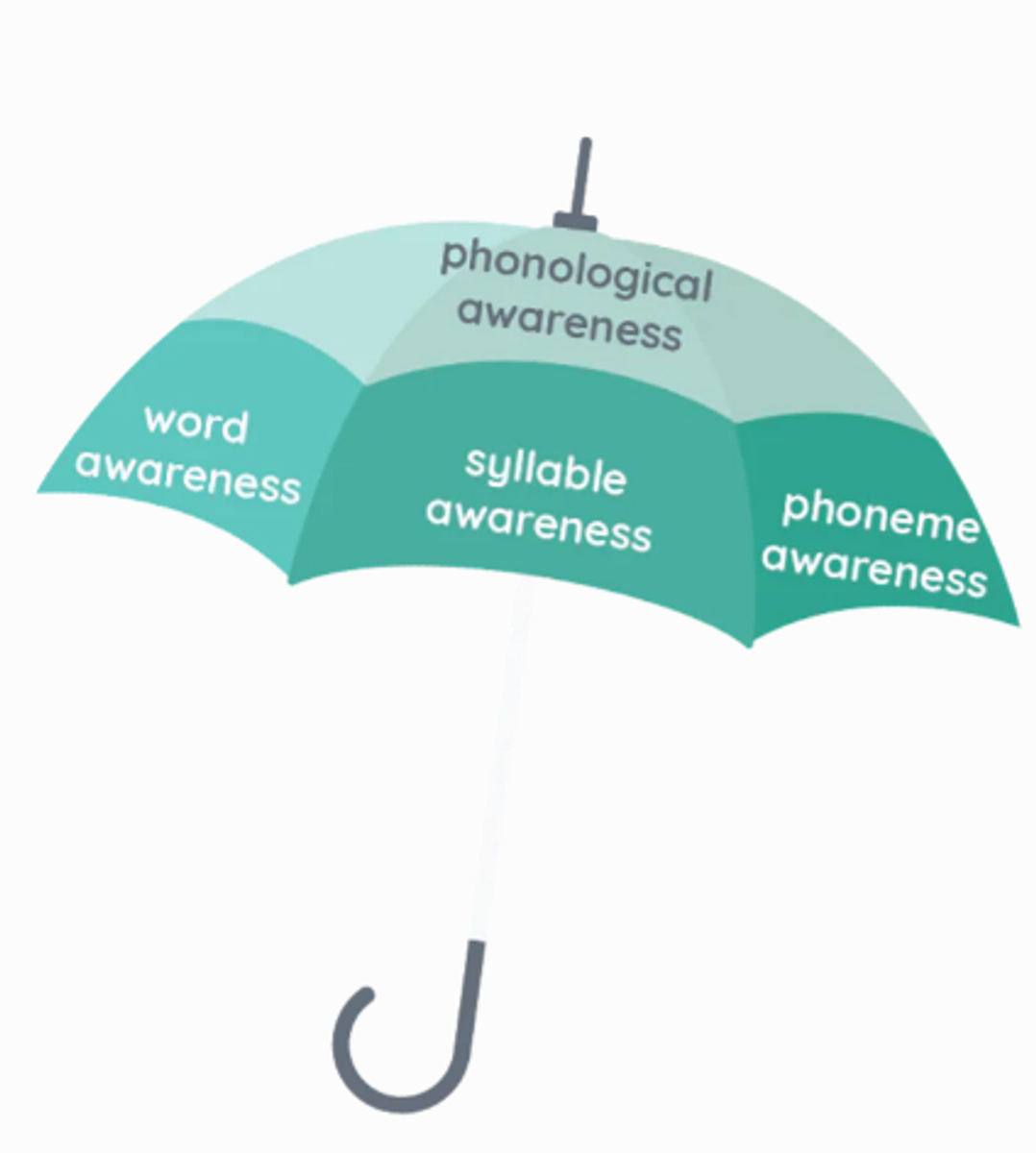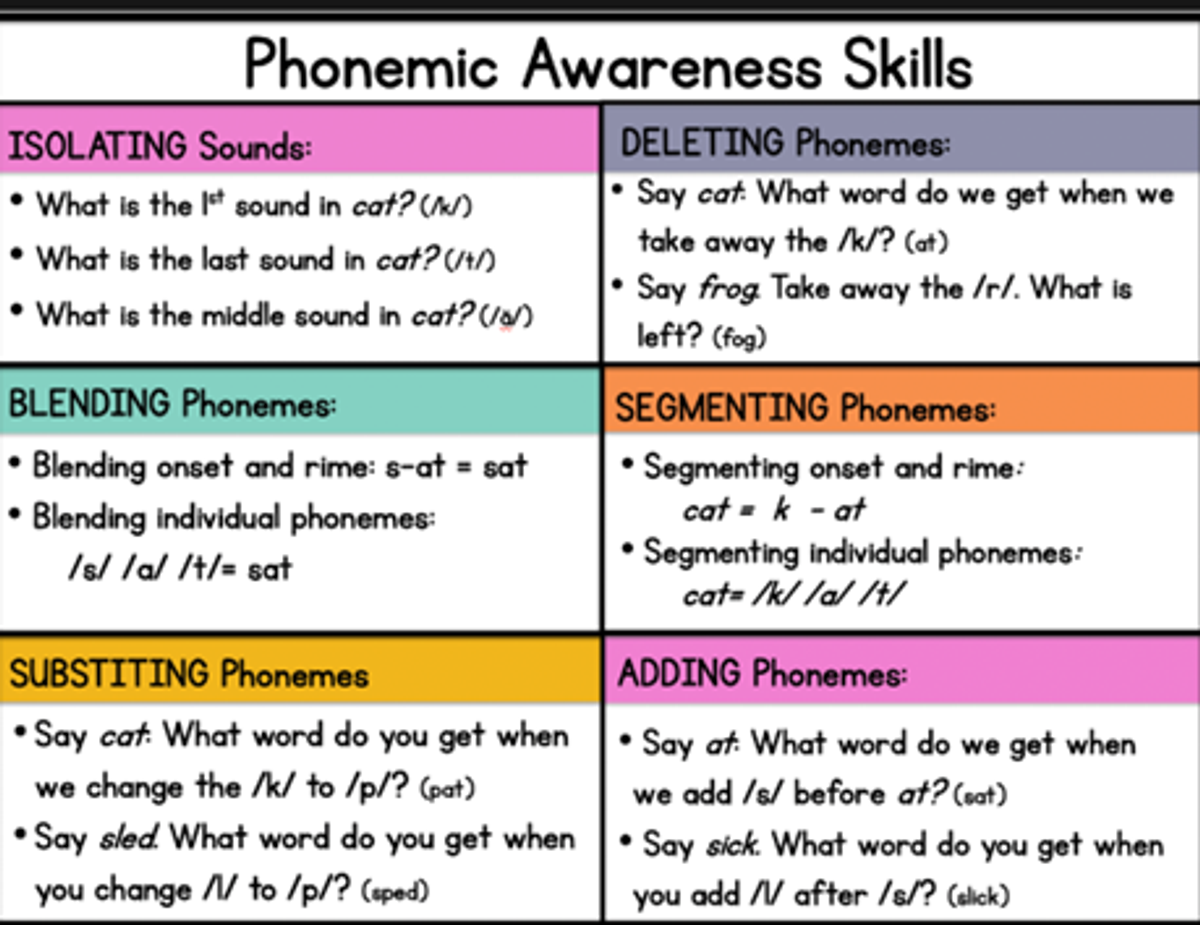Little Learners
Phonological Awareness

Little Learners
Phonological Awareness


LLLL explicitly teaches ad practises phonemes (sounds), graphemes (print), and vocabulary (meaning) to build neural connections in the brain that are needed for automatic reading.
Phonemic Awareness is the ability to hear and manipulate sounds spoken in words and is critical for successful reading and spelling. It involves the important skills of segmenting (breaking words into sounds) and blending (blending sounds together to make words).
Phonemic Awareness is purely oral and is an important part of the LLLL program.
Phonemic Awareness is purely oral and is an important part of the LLLL program.




When we are looking at Phonological Awareness for LLLL, we investigate broad phonological skills such as,


As mentioned in our last edition of LLLL, Ally the Alligator can only speak in sounds, so she provides a great opportunity for children to develop ad practise their phonemic awareness skills.
Every aspect of LLLL has a phonemic component. The sound box at the beginning of every session introduces children to identifying and segmenting initial sounds. This sound is then linked to a grapheme.


English is a complex alphabetic code with 44 sounds, 26 letters and hundreds of graphemes. LLLL teaches the alphabetic codes in seven stages starting with a simple one-one match of sounds and letters before moving onto the more complex code.

